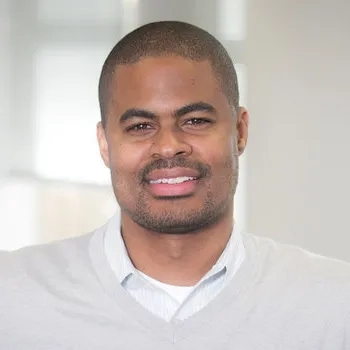Cities are undergoing digital transformation with ever-increasing ways to capture data —from connected streetlights to CCTVs to traffic flow and collision information transmitted from smart roads.
But many cities fall short of their digital potential because they focus on collecting and using that data in narrow, traditional ways.
A truly smart city goes beyond this, improving quality of life and the climate for business by analysing data in service of specific challenges and using it to make good decisions in real-time on a range of critical issues, from public safety to open data to economic investment.
Probing deeply into big data and pinpointing solutions to important problems demands a chief analytics officer (CAO) rather than a chief data officer (CDO).
Both are essential to a smart city or smart business, but they are quite different.
Why hire a CAO?
The company or city that understands the strategic capability that a CAO and their team can bring will gain an economic advantage through the ability to resolve pressing issues quickly.
By efficiently untangling problems, a company can become more profitable and a city safer and more liveable, prosperous and attractive to residents, tourists and new businesses.
It’s not at all surprising that several recent articles indicate the number of CAOs in the private sector and the number of cities with analytics teams are starting to grow.
What capabilities should your analytics team possess?
There are no university degrees or majors dedicated to producing analytics officers. But we now know from experience what type of people you need to staff an analytics team – adept at going down unexplored paths in pursuit of answers.
In a crowded, complicated city like New York, where health, economic or social problems can quickly multiply, data analysis cannot become a years’-long doctoral thesis. It often is a life-or-death matter that demands quick answers.
Getting things done in New York meant jumping in to attack problems that threatened residents’ health, safety and quality of life, and analysing those issues on the run.
Members of a CAO team need to know how to talk with lawyers, police, firefighters, renters, landlords, doctors, nurses and city officials in all manner of departments and bureaus.
Those same people need to understand something of the ways that economics, social trends and politics can affect the problem, and be willing to explore new avenues of inquiry.
The people doing this work for cities or businesses — especially the leaders of analytics departments — must be curious, quick on their feet, able to speak the language of other experts, creative in their approaches, aggressive in their pursuit of the right data, and able to use location analysis to bolster their findings.
When a smart city assembles such a team of problem solvers, the result is improved efficiency and money saved for taxpayers.
In the case of the NYC firefighters and the illegally renovated buildings, these analytical efforts helped save lives and prevent injuries. I’m proud of that work. I know that many other cities can create similarly skilled teams and generate similar results.
How can you build your analytics team?
In addition to the curious, aggressive, flexible people I talked about above, smart cities really do need a strong data team, which begins with a good chief data officer (CDO). A CDO doesn’t compete with a chief analytics officer. They complement each other.
You can’t pull great answers out of poorly organised data.
Your CDO, whether in the public or private sector, needs to make sure that the categories of data fit the organisation and are readily accessible to those searching for answers to urgent problems.
Citywide problems will cut across departmental lines, so the easier the access and the wider the data sharing, the better the outcomes.
Most companies and cities have huge stores of data, but that information may simply sit there, like volumes of neatly stacked encyclopedias.
A skilled analytics team, led by a chief analytics officer, can draw on that data to improve efficiency in solving problems and strengthen decision-making.
Explore more of Dr Mashariki's blogs here.
This article – and others from Amen Ra Mashariki – are published as part of the GovLoop Featured Contributor program. View more articles here.

